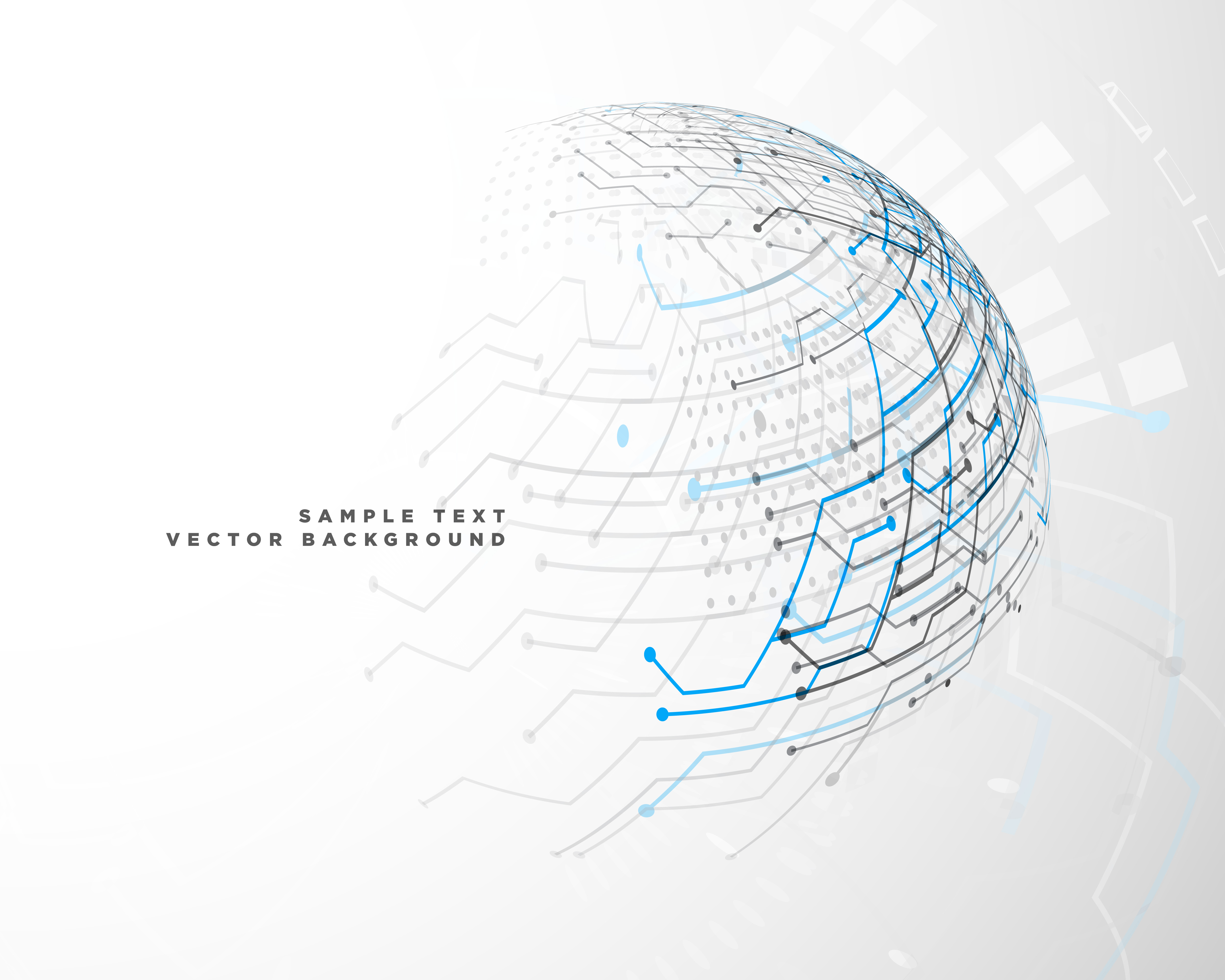
All the data that goes into ogimage is from query parameters from the URL: # Create a new directory and cd into it To begin, let’s create a simple Node.js and Express app with a single GET endpoint, /ogimage.

According to opg.me, “The Open Graph protocol enables any web page to become a rich object in a social graph. Let’s first understand what the OG protocol is. So, without further ado, let’s get started… What is Open Graph? Please feel free to use the tools that suit your preferences.
#Graphic node templates for pages manual#
The primary objective is to reduce the manual effort when creating OG images.įor the sake of this post, we will use Node.js and Express to set up the server and use a couple of npm packages to handle the dynamic image generation. In this post, we will set up a simple server with the /ogimage endpoint that responds with dynamically generated images from provided query parameters.
#Graphic node templates for pages generator#
A better approach would be to have a few templates designed for respective categories and dynamically create the images with a simple image generator service. However, creating OG images for many pages or blogs is time-consuming. Now, if no metadata is available, no preview generates, and the link gets truncated, leaving no useful information about the resource. On a quick glance, the preview card provides information about the resource shared even before visiting the link. For instance, when we share a link on Twitter, the metadata is parsed and a preview card generates. When the image is combined with title and description metadata, they provide quick information about the resource shared. It didn’t take long for me to realize that OG images have a lot of impact on generally any resource or website that’s shared on public platforms. When I first encountered Open Graph (OG) images, I thought they were simply a decorative protocol that comes when we share links.

Create an Open Graph image generator with Node.js Experienced in React, JavaScript, TypeScript, and Ruby on Rails. Sai Krishna Follow Self-taught and passionate fullstack developer.


 0 kommentar(er)
0 kommentar(er)
